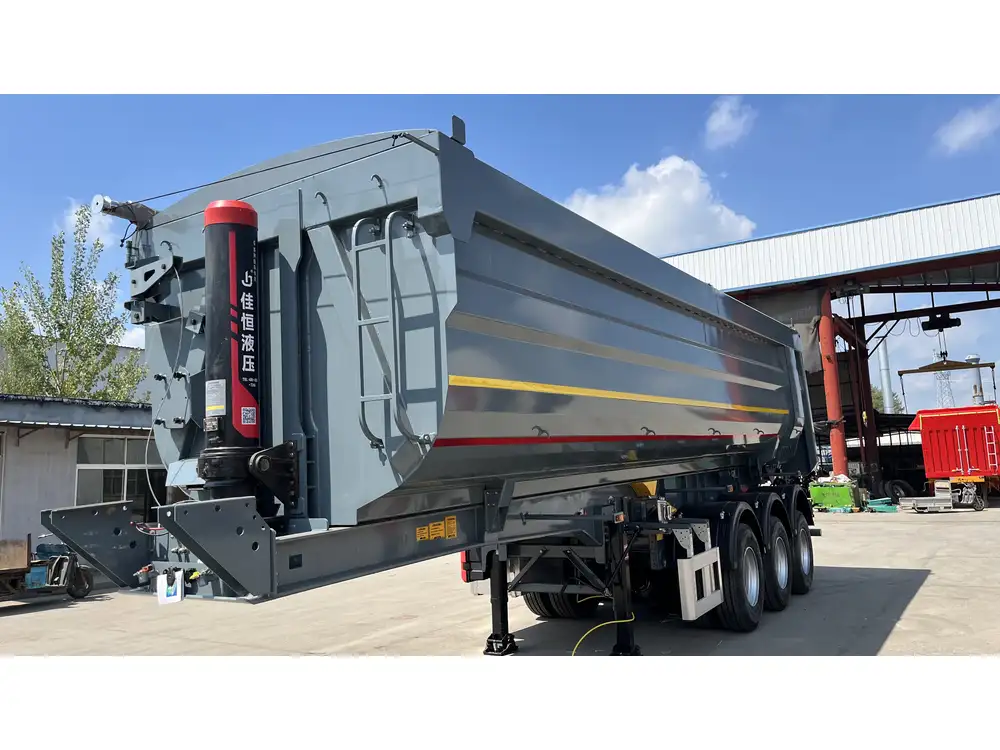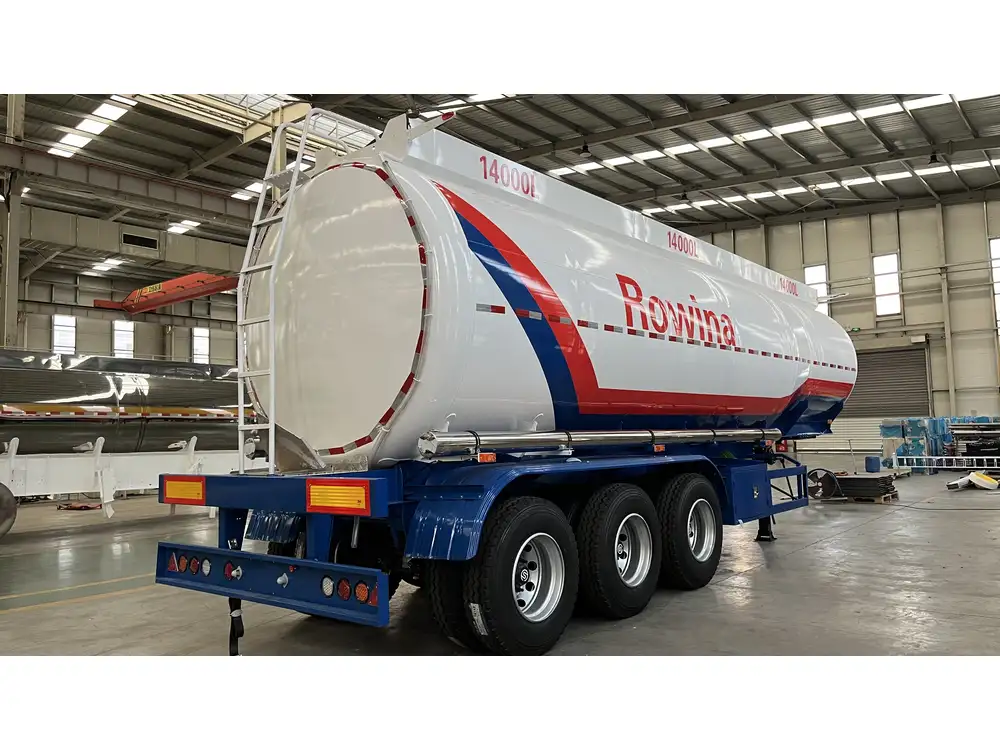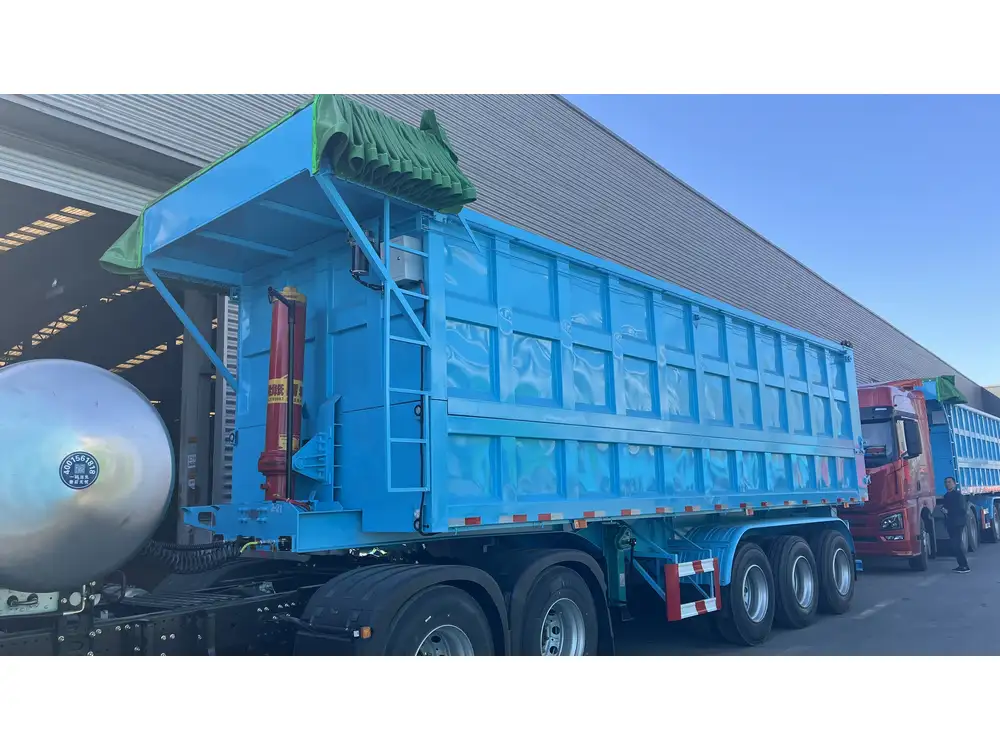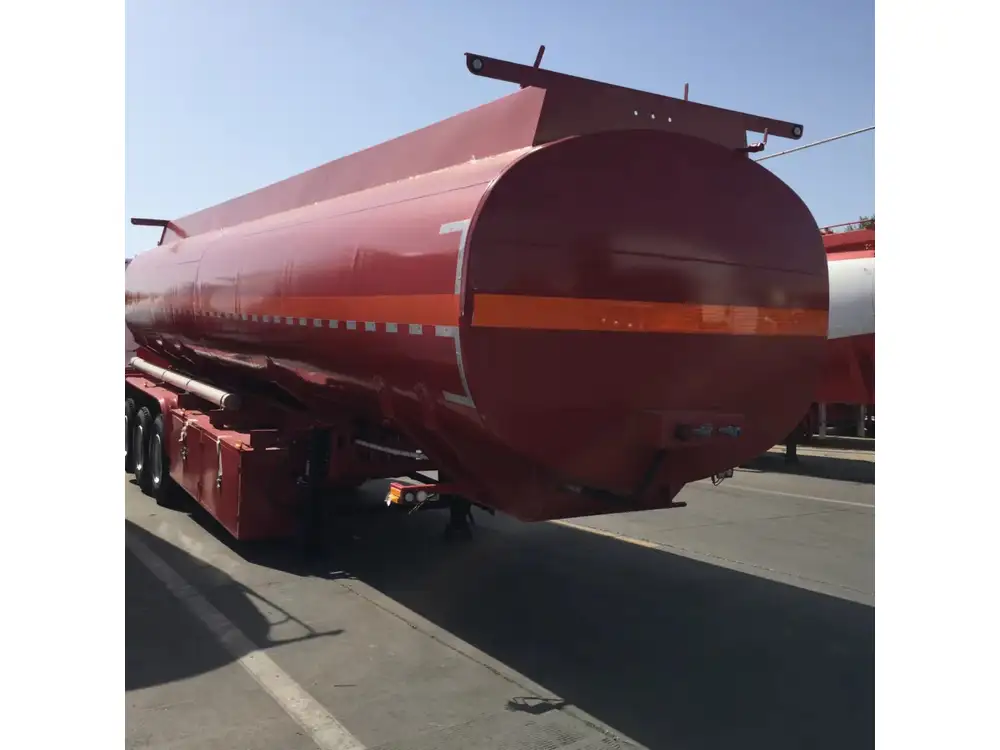When it comes to managing outdoor projects, the choice of equipment can significantly impact efficiency and effectiveness. One question that often arises among contractors, landscapers, and DIY enthusiasts alike is, “Can you spread gravel with a dump trailer?” This query is essential for ensuring that your gravel spreading tasks are handled proficiently. In this comprehensive guide, we will delve into the operational capabilities of dump trailers, explore various spreading techniques, discuss the best practices, and ultimately arm you with the knowledge needed to make informed decisions.
Understanding Dump Trailers: Features and Benefits
Before we dive into the specifics of gravel spreading, let’s take a moment to understand what dump trailers are and how they are commonly used.
Features of Dump Trailers
Hydraulic Lifting Mechanism: Most dump trailers feature a hydraulic lift system that allows users to raise the trailer bed vertically, making it effortless to discharge loads.
Durable Construction: Built from high-strength steel or aluminum, dump trailers are designed to withstand heavy loads and rugged conditions.
Versatile Size Options: Available in various sizes, from small utility trailers to large commercial units, they can accommodate different load capacities.
Towing Capability: Designed to be towed by trucks and light vehicles, making them a popular choice for both commercial and residential use.

Benefits of Using Dump Trailers
Efficiency: The ability to unload materials quickly makes dump trailers highly efficient for transporting gravel and other construction aggregates.
Versatility: Beyond gravel, dump trailers can be used to haul sand, dirt, and other landscaping materials, catering to diverse project needs.
Ease of Use: Simple loading and unloading processes streamline operations, saving time and labor costs.
The Mechanics of Spreading Gravel with a Dump Trailer
Is it Possible to Spread Gravel?
Yes, it is indeed possible to spread gravel with a dump trailer, but the effectiveness of this method can depend on several factors, including the terrain, the type of gravel, and the desired end result. A well-executed procedure can lead to efficient gravel distribution across the landscape.

Techniques for Spreading Gravel
When it comes to spreading gravel with a dump trailer, there are a few techniques that can be employed:
Gravity Dump Method: This is the simplest and most common approach. By positioning the trailer where you want to spread the gravel, you can raise the bed and allow gravity to do the work. This method works best on flat or gently sloping areas.
Controlled Release: For more precision, you can control the release of gravel by only partially raising the trailer bed. This allows you to deposit the gravel in a more controlled manner, which is especially useful when working in tight spaces or when needing to create specific patterns.
Spreaders Attachment: If you frequently work with gravel, consider investing in a gravel spreader attachment. These devices attach to the rear of a dump trailer and allow for a more even spread of material.
Adjusting for Terrain and Material
Different terrains may require adjustments to your spreading technique. For instance:
Soft Ground: On soft ground, you may need to be careful as the weight of the trailer can cause it to sink. In such cases, consider using a lighter load or deploying a spreading technique that minimizes tire damage.
Inclined Surfaces: When spreading on slopes, it’s crucial to monitor the load’s movement and control the release closely to avoid runoff or erosion.
Preparing for the Job: What You Need to Consider
Before embarking on your gravel spreading project, it’s important to ensure you’re fully prepared both in terms of equipment and site conditions.

Essential Equipment Checklist
Dump Trailer: Ensure your trailer is rated to carry the weight of the gravel you intend to transport.
Gravel Type: Different gravel types (pea gravel, road base, crushed stone) will behave differently when spread; select the type that best fits your end-use.
Personal Protective Equipment (PPE): Hard hats, gloves, and eye protection should be worn to ensure safety during the operation.
Supplementary Tools: Consider including rakes, shovels, or compactors to assist with achieving the desired finish once the gravel is spread.
Site Preparation
Clear the Area: Remove any obstacles such as branches, debris, or previous landscaping materials that could obstruct the spreading process.
Determine Gravel Thickness: Plan the depth of the gravel application according to your project needs. For driveways, a depth of 4-6 inches is often recommended.
Mark Boundaries: Using stakes and string, mark the boundaries of your gravel area to maintain a straight line and consistent depth.
Step-by-Step Process for Spreading Gravel with a Dump Trailer
Now that you’ve set up your site, it’s time to execute the gravel spreading process. Below are the detailed steps you should follow:

Step 1: Load the Trailer
Fill the dump trailer with the desired amount of gravel. Be cautious not to exceed the trailer’s weight capacity, as this can lead to safety hazards and vehicle strain.
Step 2: Transport the Load
Drive the vehicle to the designated spreading site, ensuring to navigate any obstacles carefully. Maintain a low speed to keep the load stable during transit.
Step 3: Position the Trailer
Once at the site, position the trailer for optimal spreading. Ideally, you should be able to discharge the gravel directly onto the prepared area.

Step 4: Discharge the Gravel
Using the hydraulic lift:
For Gravity Dumping: Slowly raise the trailer bed, allowing the gravel to flow out naturally. Control the tilt to avoid uncontrollable discharge.
For Controlled Release: Partially raise the trailer and apply pressure with your foot to control the release, letting it drop gradually.
Step 5: Leveling the Gravel
After discharging, use a rake or shovel to spread the gravel evenly, filling in any low spots or creating a smooth surface. For larger areas, a compactor may be useful for compacting the gravel.
Step 6: Clean-up
After finishing the project, remember to clean the site of any excess material and return the trailer to storage. Proper maintenance of the trailer also ensures longevity and performance.

Potential Issues and Troubleshooting
While spreading gravel with a dump trailer is largely straightforward, challenges may arise. Here are some common issues and their solutions:
Uneven Spreading
- Cause: An uneven load or improper dumping technique.
- Solution: Adjust your dumping technique and use manual leveling tools such as shovels and rakes to correct the surface.
Trailer Overload
- Cause: Exceeding the weight limit of your trailer.
- Solution: Always check your load and consult the trailer’s specifications. Divide large loads into smaller ones if necessary.

Poor Gravel Quality
- Cause: Using unsuitable gravel types for your project.
- Solution: Ensure you choose the correct type of gravel for your specific application, factoring in drainage, compaction, and aesthetics.
Conclusion: Maximizing Your Gravel-Spreading Capability
In conclusion, the question, “Can you spread gravel with a dump trailer?” has a definitive answer—yes, you can, and you certainly should if you want to optimize your landscaping or construction projects. By understanding the operational features of dump trailers, employing the right spreading techniques, and being well-prepared with the necessary equipment, you can dramatically enhance the efficiency of your gravel spreading tasks.
We encourage you to fully leverage your dump trailer’s capabilities, paying special attention to site conditions and user technique. This not only saves on time and labor but also ensures a high-quality finish that meets your project needs. Whether you are a seasoned contractor or a weekend warrior, following these guidelines will help you tackle even the most ambitious gravel spreading projects with confidence and precision.



